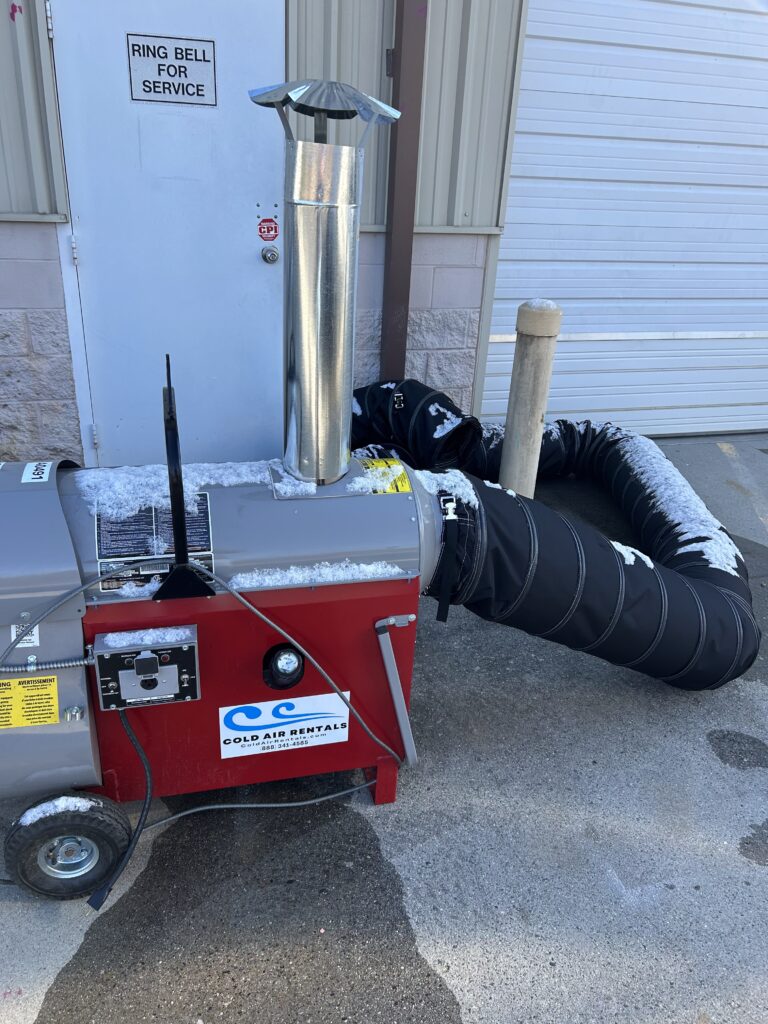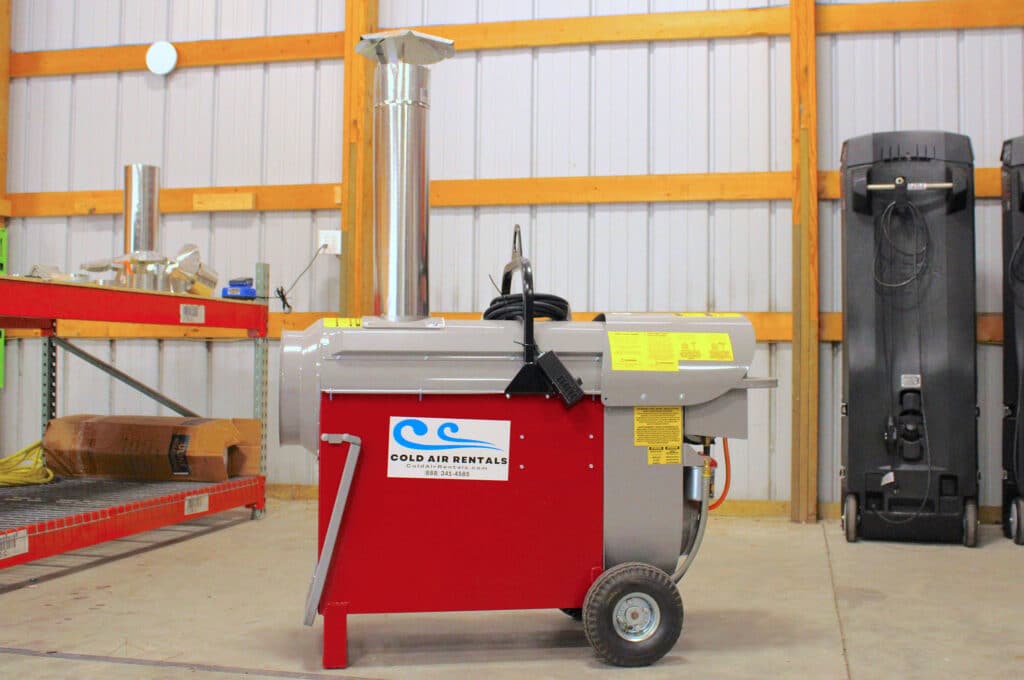Heating Solutions for Winter Weather: Direct vs. Indirect Fired Heaters
As temperatures drop during the winter months, businesses need effective heating solutions. Understanding the differences between direct fired heaters and indirect fired heaters is crucial for businesses. Cold Air Rentals is here to help! As a premier HVAC rental company, we have an array of units to offer commercial businesses in the Charlotte and Charleston areas.
Indirect Fired Heaters
Indirect fired heaters operate similarly to residential oil or gas furnaces that have a chimney. In propane or natural gas heating units, the flame is kept within a burn chamber, which warms a “heat exchanger.” Cooler air circulates around the heat exchanger, becoming heated in the process.
Indirect fired heaters are safer for indoor use and better for temperature control.
Pros & Cons of Indirect Fired Heaters

Indirect fired heaters are great options for commercial businesses:
- Built-in Thermostats – Almost all indirect fired heaters use a thermostat that is adjustable.
- Can Operate in Enclosed and Sealed Spaces – Indirect fired heaters do not release carbon dioxide into the air.
- 100% Clean, Dry Air – The air being circulated never comes in direct contact with the flame.
Some drawbacks of indirect fired heaters include:
- Lower Efficiency – Fuel efficiency is usually close to 80%.
- Electricity is Required – Indirect fired heaters always need an electrical outlet.
- Requires Exhaust Ventilation – You must either duct the hot air inside or vent the exhaust outside. This makes installing and removing indirect heaters more difficult because of the setup and teardown of ductwork.
Indirect Fired Heater Applications
Common applications of indirect heaters include:
- Retail spaces
- Construction sites
- Hospitals & healthcare buildings
- Universities
- Chemical production industry
Direct Fired Heaters
Direct fired heaters operate similarly to a gas barbecue grill or a gas stovetop. These units are typically fueled by propane or natural gas and push air directly through the flame to warm it.
These units provide immediate heat output, are typically more fuel-efficient and are ideal for large spaces.
Pros & Cons of Direct Fired Heaters
Benefits to using direct fired heaters include:
- Safe for Unsupervised Use – Multiple redundant safety features allow direct fire heaters to stay running without supervision. Cold Air Rentals heaters are CSA and UL-rated.
- Efficiency – Direct fired heaters convert 100% of the fuel being used to direct heat, which lowers fuel consumption and operating costs.
- Powerful – High amounts of heat (BTU’s) are produced in smaller units when compared to indirect fire heaters.
- Low Electricity Usage – Some units do not require electricity.
- Built-in Thermostat – On most models, a thermostat is used to control the temperature.
Some drawbacks to using direct fired heaters are:
- Added Moisture – These units add moisture and carbon monoxide into the air.
- Ventilation is Required – The room must have some level of air exchange, as they cannot be used in an enclosed structure unless windows and doors can be opened.
Direct Fired Heater Applications
Common applications of direct heaters include:
- Construction sites
- Warehouses
- Food industry
- Mining industry
- Petrochemical industry
What’s The Right Heater for You?
Choosing the right heater is essential for commercial businesses in winter, but finding the right unit really depends on your needs. Cold Air Rentals has a variety of temporary heaters and construction heaters available for rent. Give us a call today and we’ll help you find the right unit for the job: (888) 341-4585.


